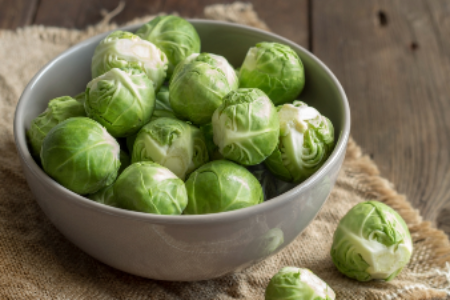
Vitamin C is typically the first nutrient we think of when it comes to fighting or preventing a cold. While it does support our immune system and can help with colds, there is so much more to vitamin C!
First, it is the primary, water-soluble antioxidant in our body, and it’s constantly disarming free radicals and helping us prevent cell damage, thus being key in cancer prevention.
Other interesting functions in our body include the production of collagen, hormones, and chemical messengers. One of the reasons why eating fruits and vegetables improves our mood is vitamin C content, and depression has been linked to vitamin C deficiency.
Vitamin C also helps our digestion by increasing our Bifidobacterium population, a probiotic that helps us fight infections, digest fiber, and absorb nutrients better. And it helps our heart by helping increase our HDL cholesterol which in turn helps eliminate cholesterol from our body.
Plus, vitamin C is that nutrient that’s always happy to give other nutrients a hand. It helps us absorb non-heme iron and calcium better, and it helps repair vitamin E when it becomes oxidized after battling free radicals.
The best part is that vitamin C is present, in good amounts, in many delicious fresh fruits and vegetables. So, if you’re eating a balanced whole-foods, plant-based diet, you’re likely getting all you need.
Scroll down to learn more about all these fascinating facts, to see some surprising top sources of this nutrient, and to try our personalized calculator to help you identify vitamin C targets for you and your family.
Top Whole-Food, Plant-Based Sources
Hover over each food below to see how much vitamin C you can get with one serving. Click on each food’s picture to visit its interactive page with a personalized calculator of all the nutrition you can get from one serving, more information about how it supports our body, tips to choose and prepare it, interesting facts, and more!
Vitamin C Personalized Calculator
See how much vitamin C you and your family members need, according to the Dietary Guidelines for Americans, 2020-2025.
Terminology:
- Daily Value (DV): The recommended amount of nutrients to consume each day for individuals who are 4 years old or older.
- Recommended Daily Allowance (RDA): The recommended amount of nutrients to consume each day according to the individual’s age, gender, and whether a woman is pregnant or breastfeeding.
- Upper Intake Level (UL): The highest amount of nutrient intake that will not pose adverse health effects on most individuals.
Important Things to Know
Comparison of vitamin C Sources
You may be wondering if you need to take vitamin C supplements or if you can get vitamin C through animal-based foods. Please see our chart below for a quick and simple comparison between your three choices.
References

















